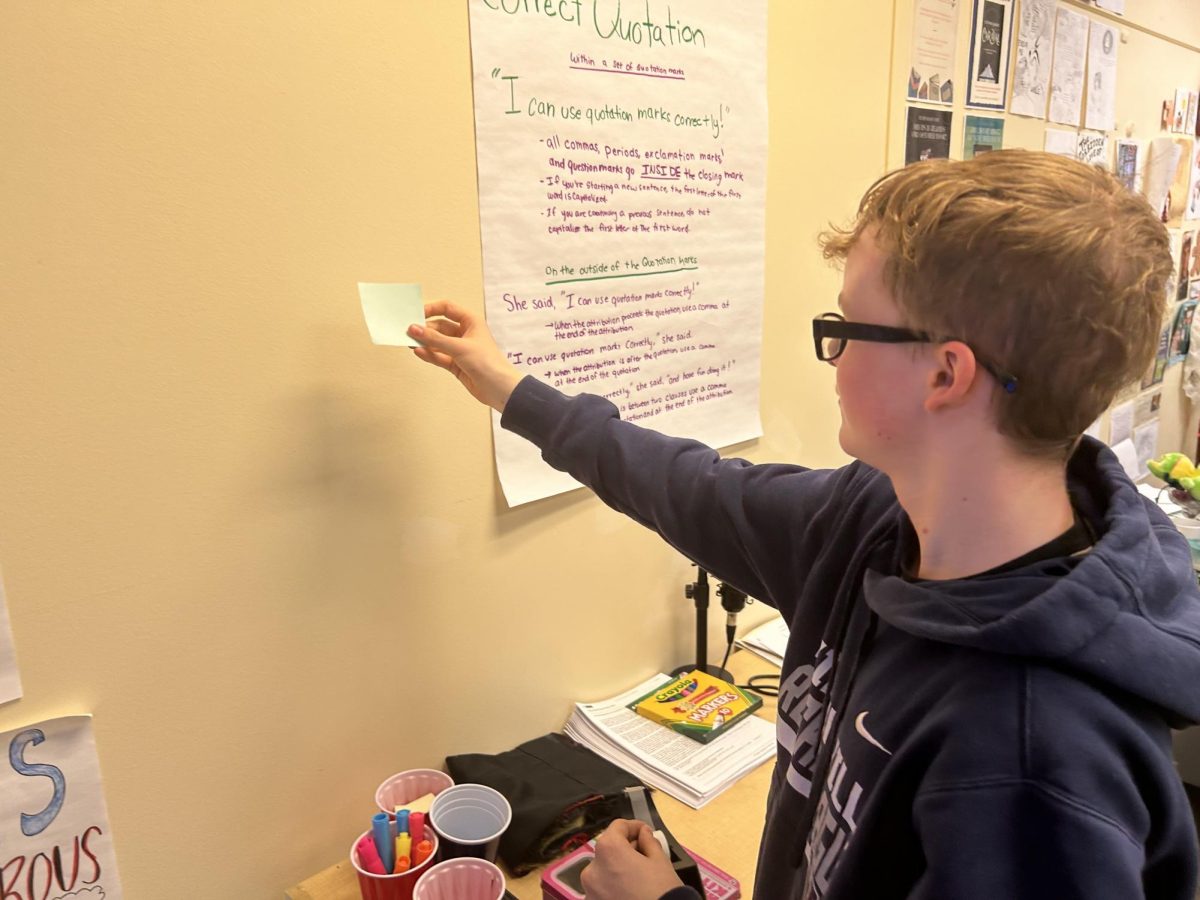Often, when you meet a new teacher at the start of the school year, they will interview you and have you fill out a survey or some other form of questionnaire to get to know you and your peers. It becomes more apparent that teachers actively seek to individualize the experience whenever applicable in their lessons.
In the world of education, this is called differentiated learning. The idea is to tailor lessons to meet each student’s needs. Teachers seek to accommodate students’ needs by keeping a lecture brief and concise and adding different representations of the material at hand.
This logic of playing into how students learn best is also why teachers include so much variance in their lessons. Teachers aren’t making you walk around the classroom to do a scavenger hunt just for their own entertainment; they’re playing into students’ strengths and weaknesses.
Teachers make you do sometimes giggle-inducing activities that stimulate your brain to work the various sides of learning. Involving physical activity in the classroom is an example of kinesthetic learning while looking at a vibrant drawing is an example of visual learning.
Brayden Wassom told the tale of his scavenger hunt in his World History class. “We’re going around the classroom putting sticky notes around to claim territory, with some groups having easier/harder methods of growing to show how real-world imperialism works and why certain countries have natural resource advantages,” Stated Wassom.
Megan Pitta, a junior, was brought up when she was told to imagine and visualize being pregnant in her Health II class: “It was really strange and uncomfortable, but at least I had to think about what that would be like, I guess.”
In summary, it is important for teachers to add flare and change to lessons to constantly stimulate the brain. Well-taught differentiated learning is what makes the difference between sleep-walking through school and training cognitive and adept thinkers.












